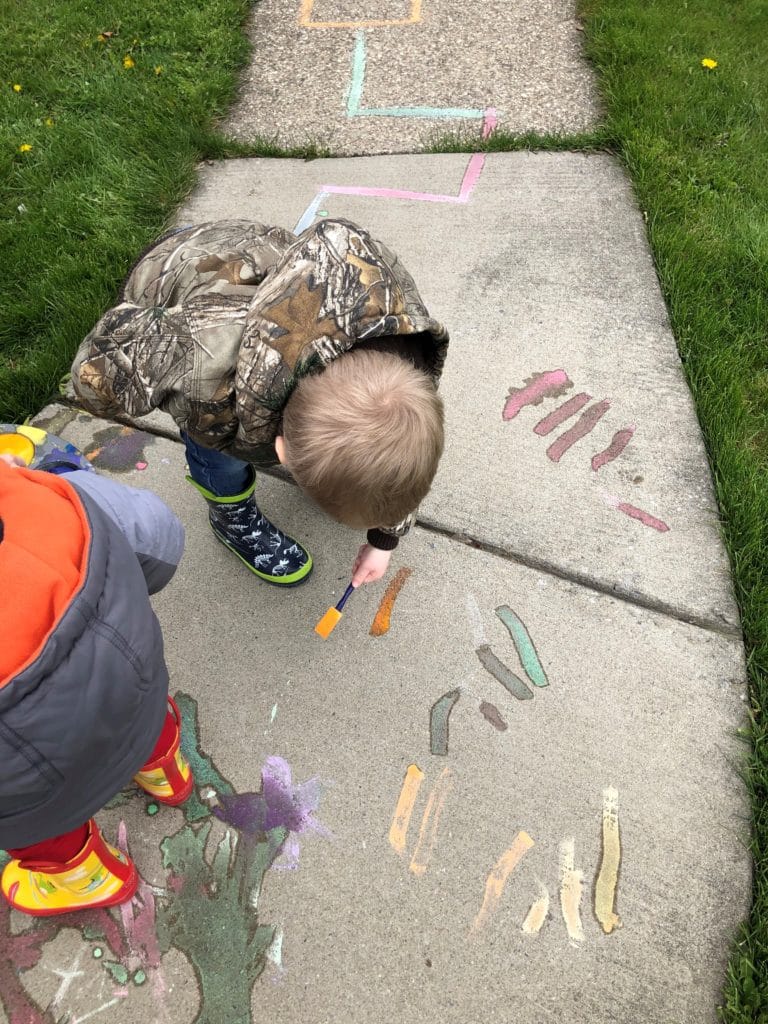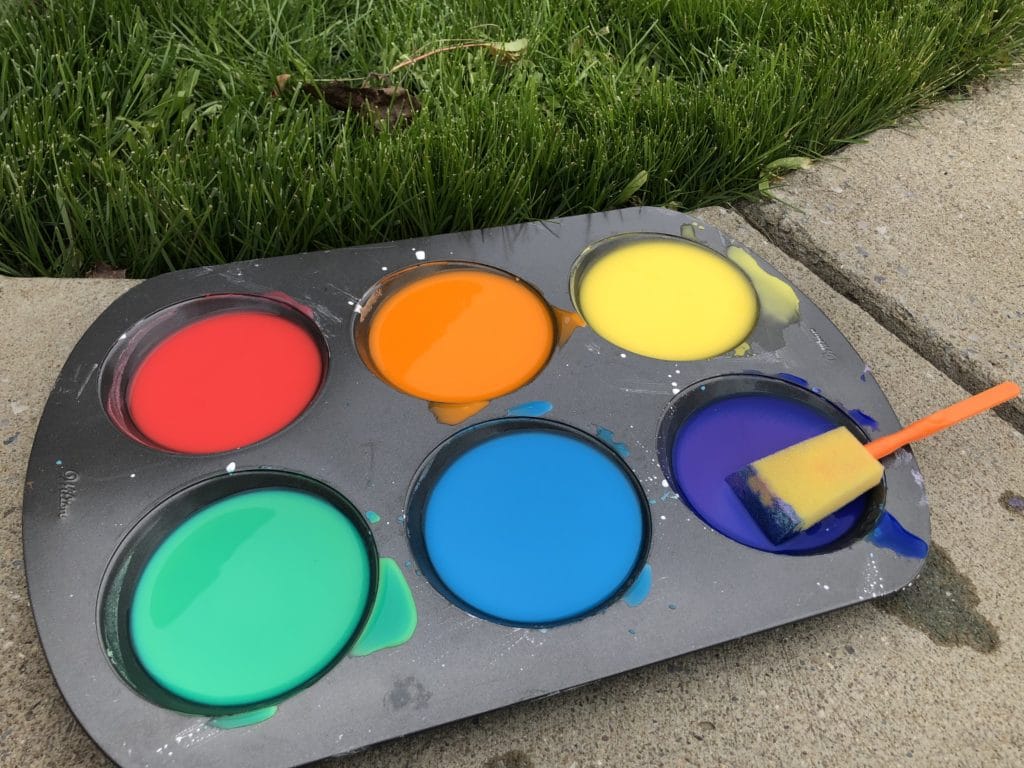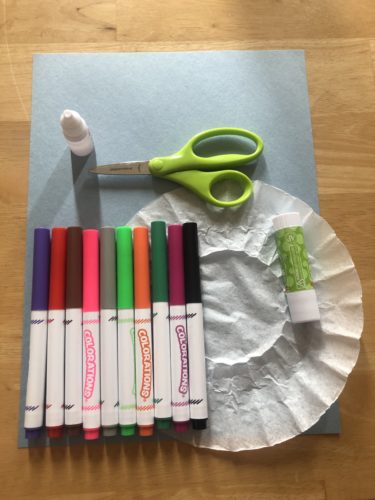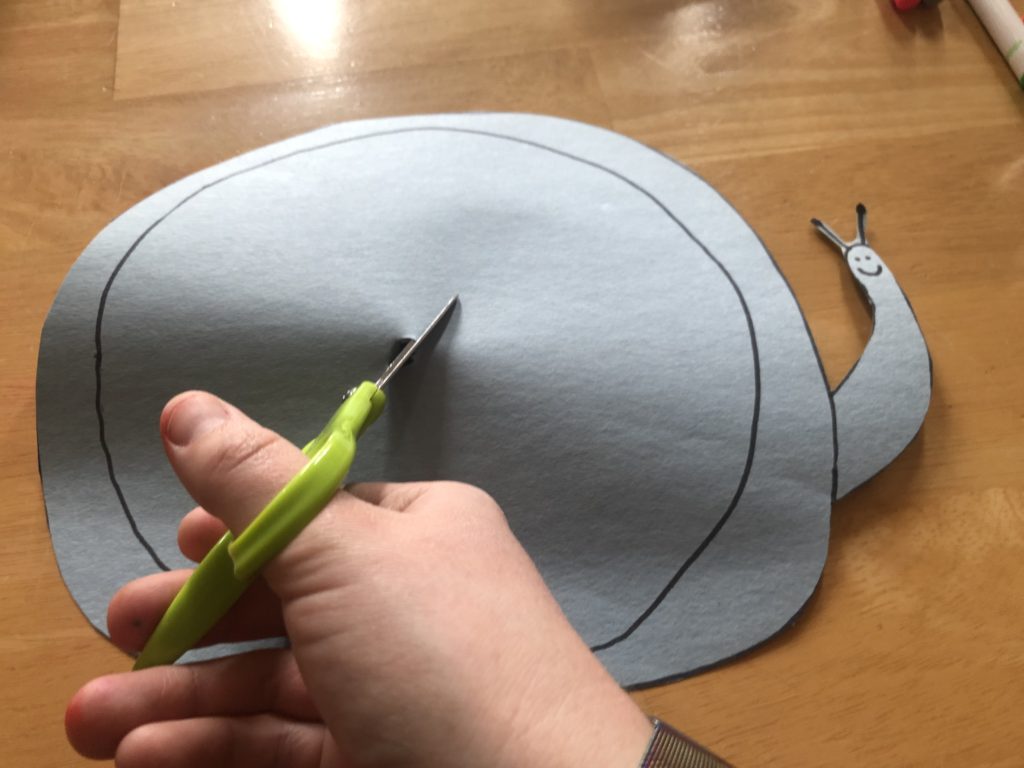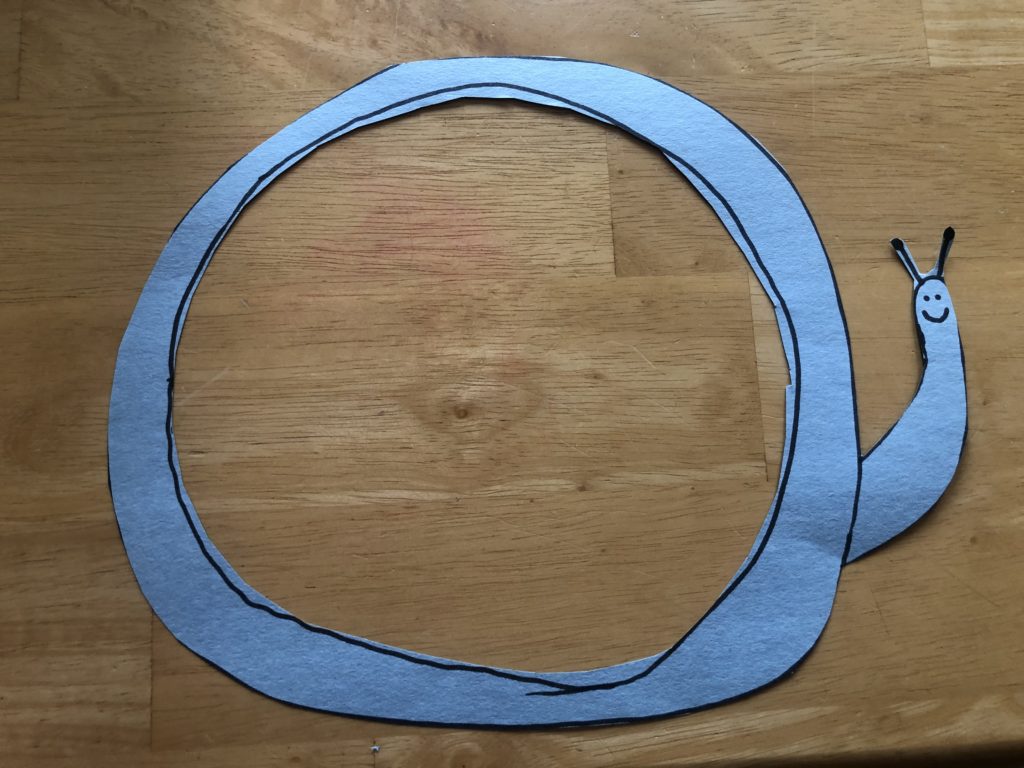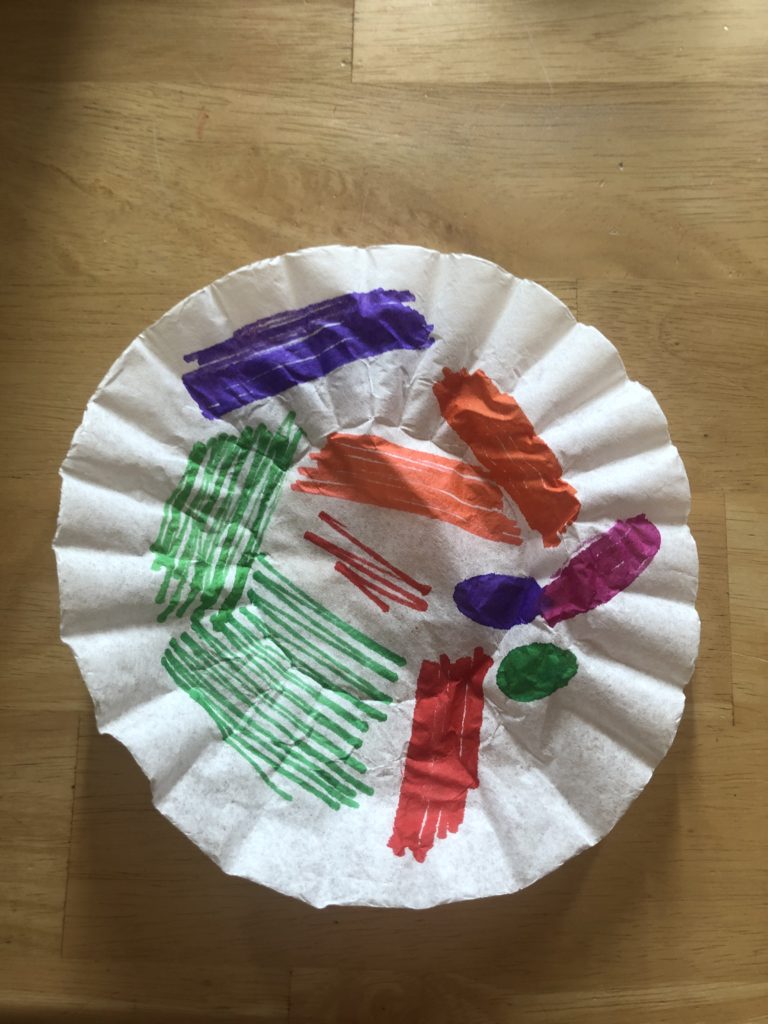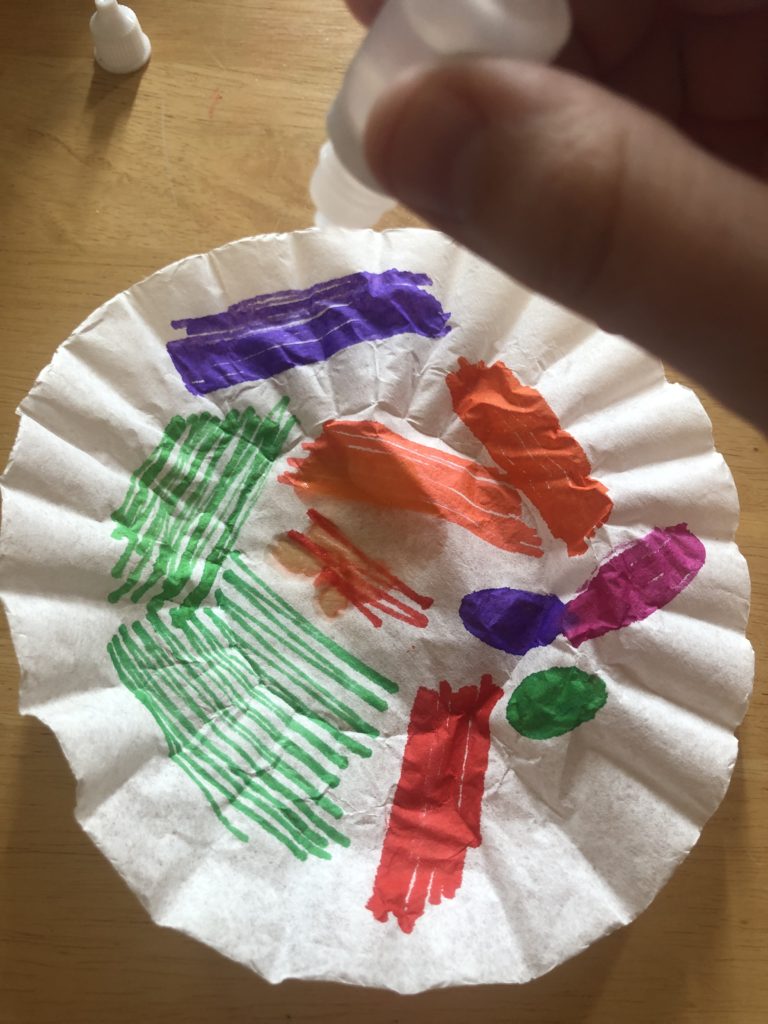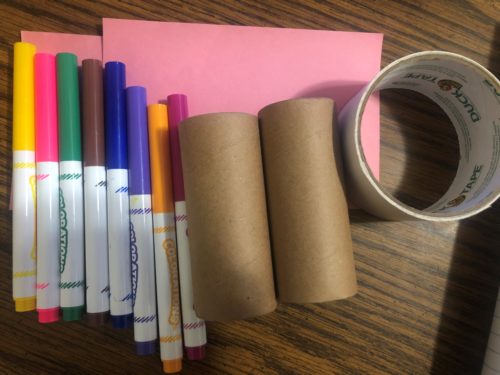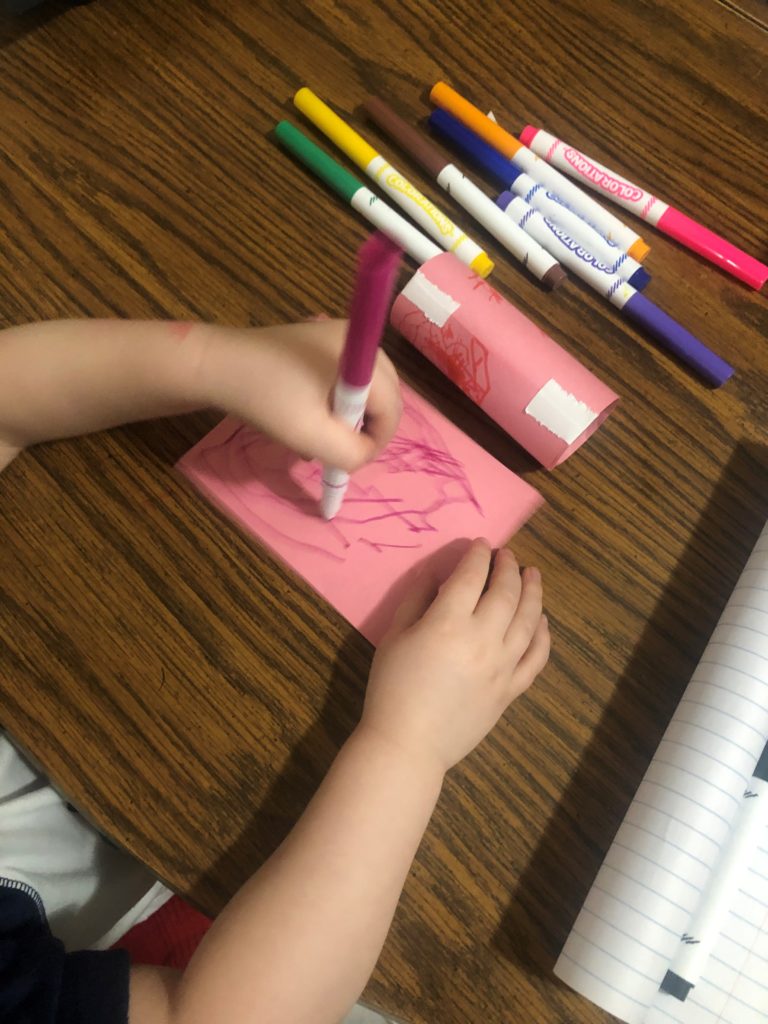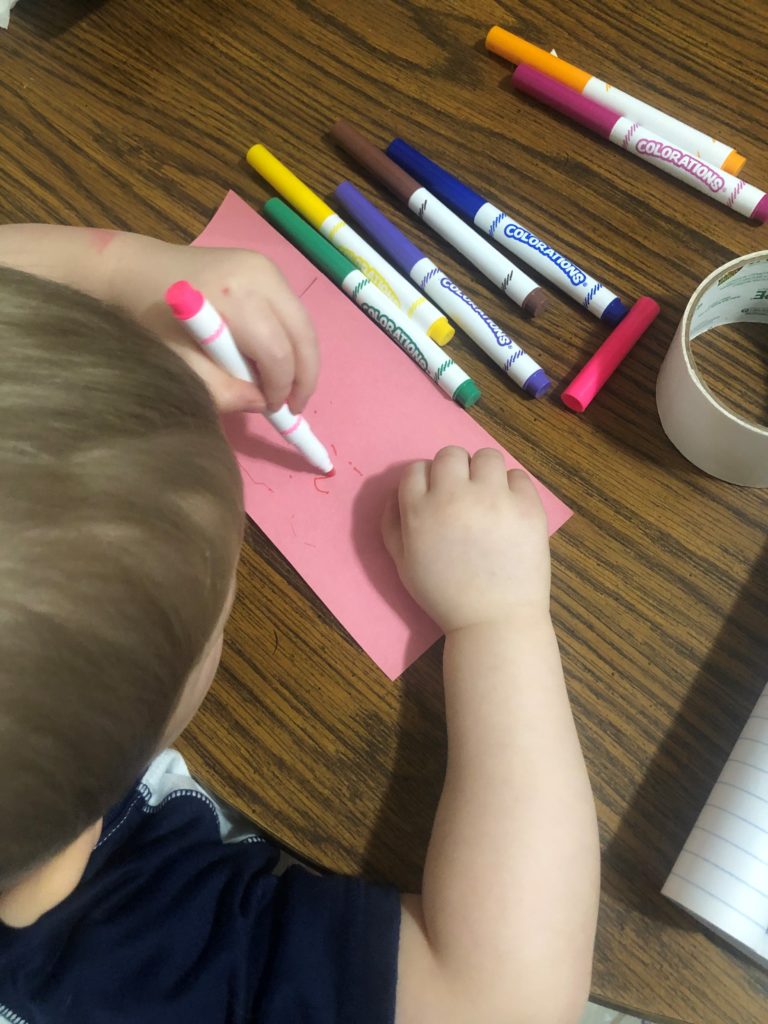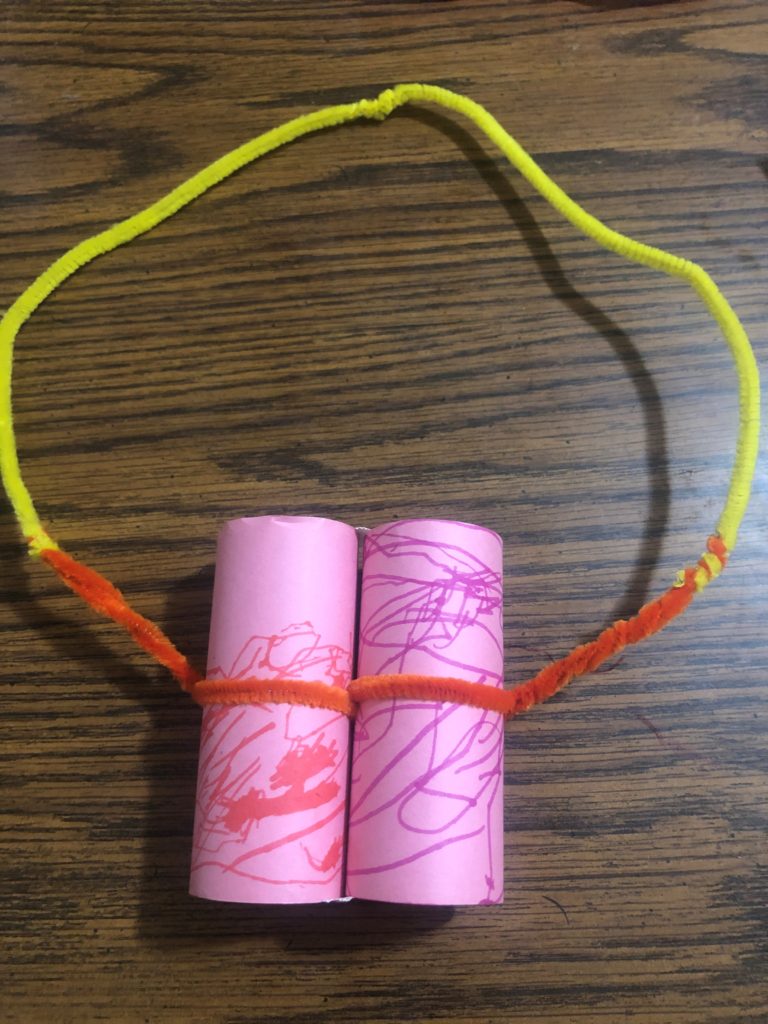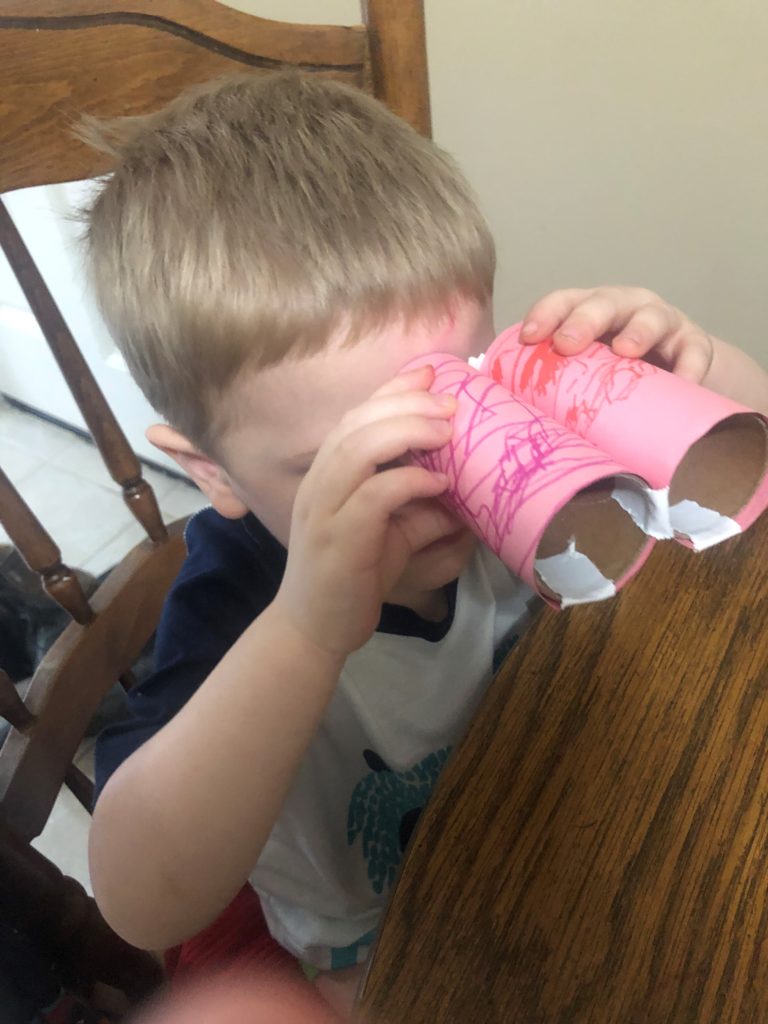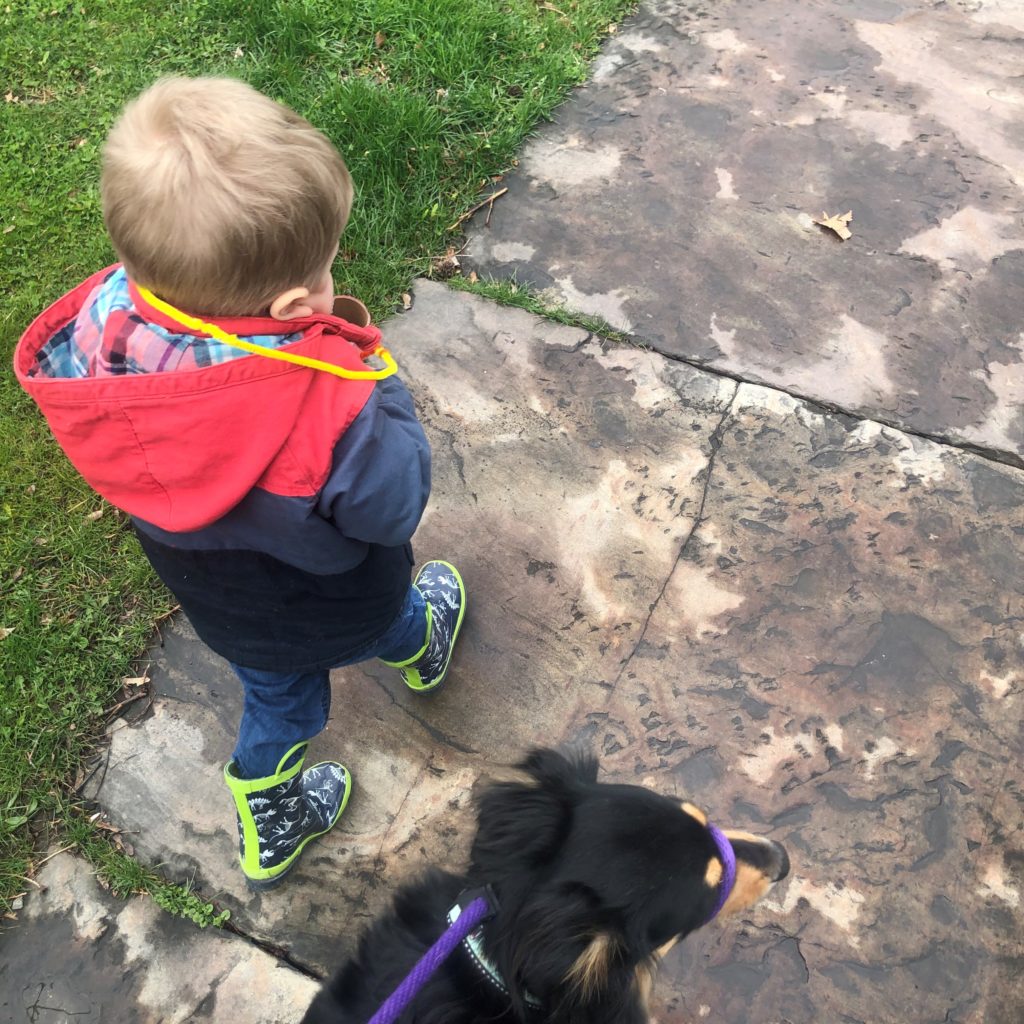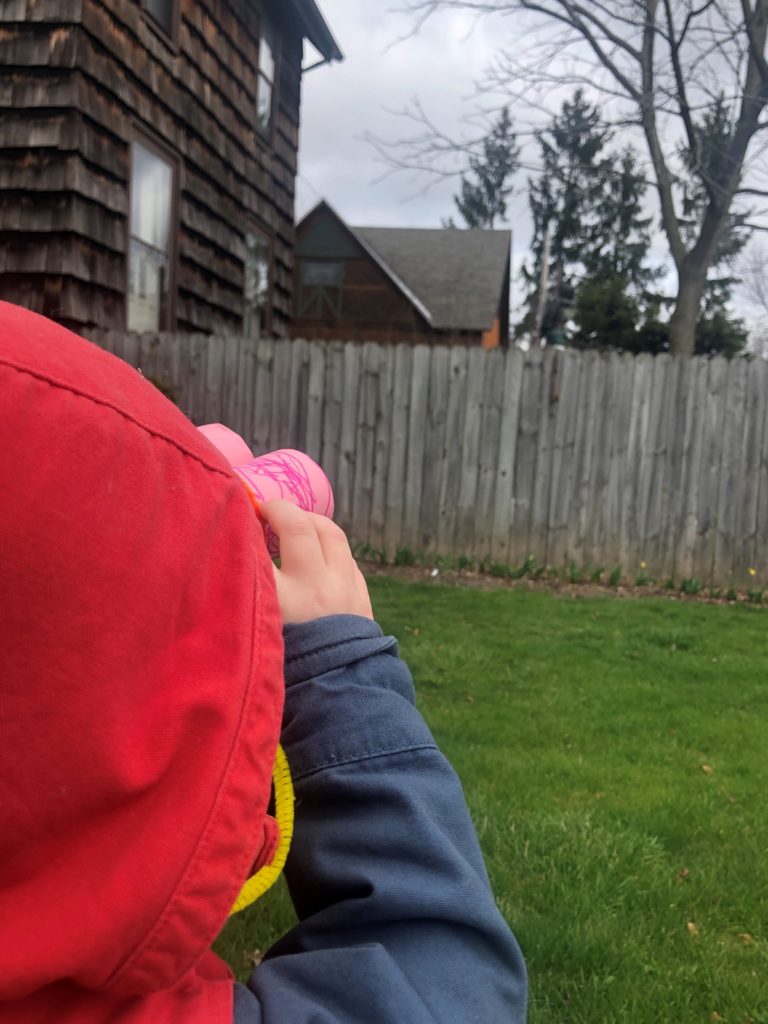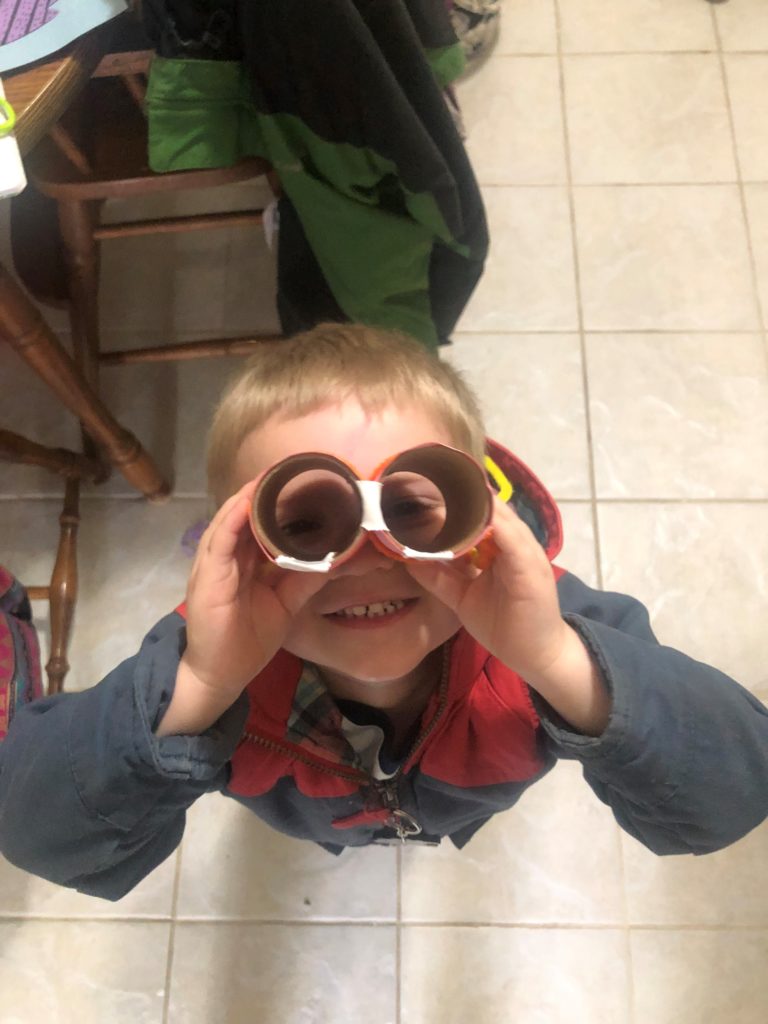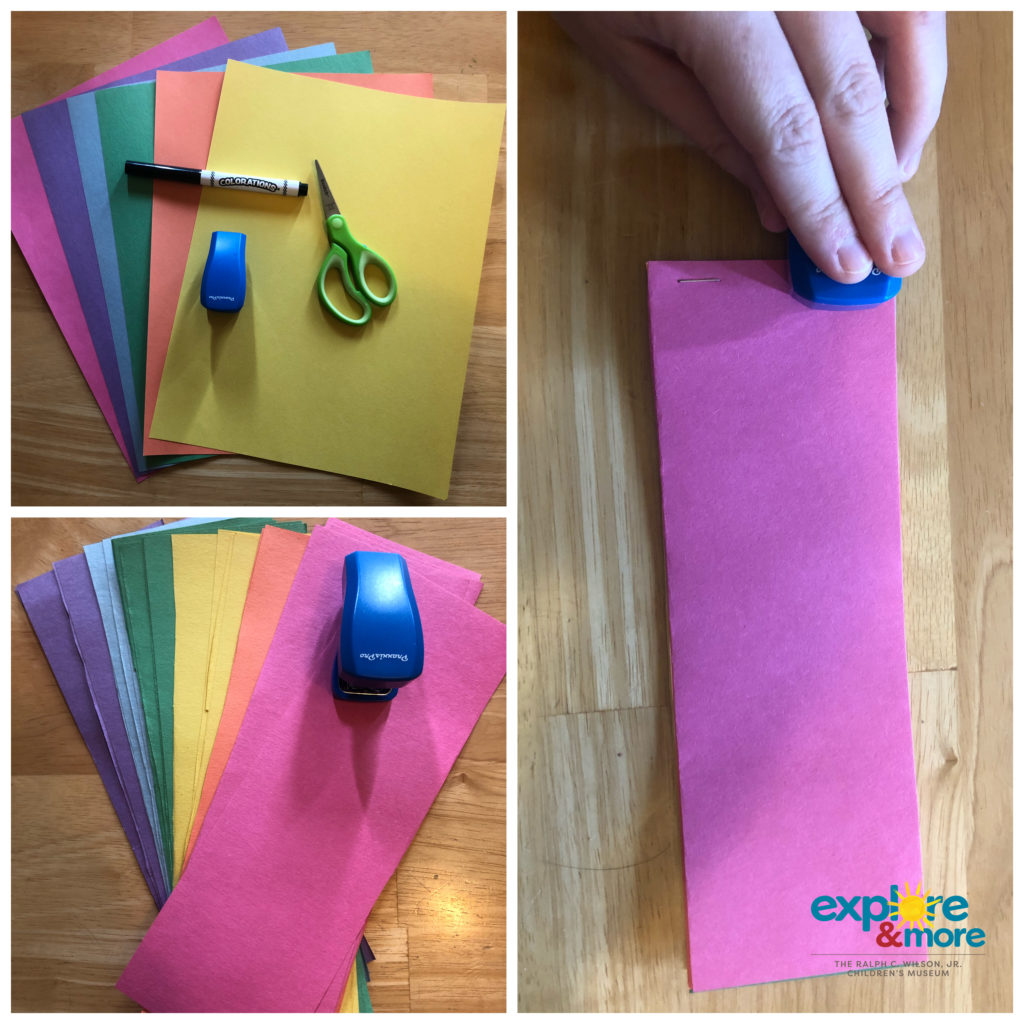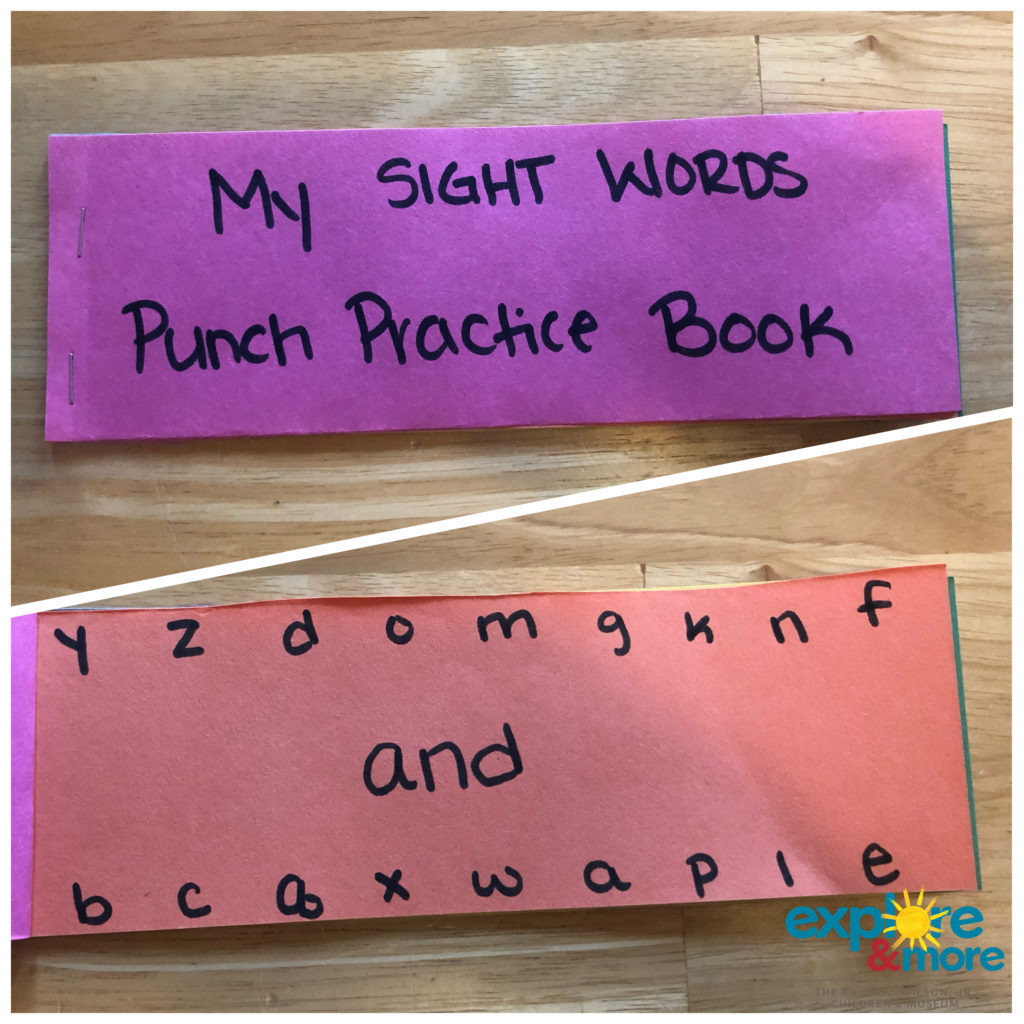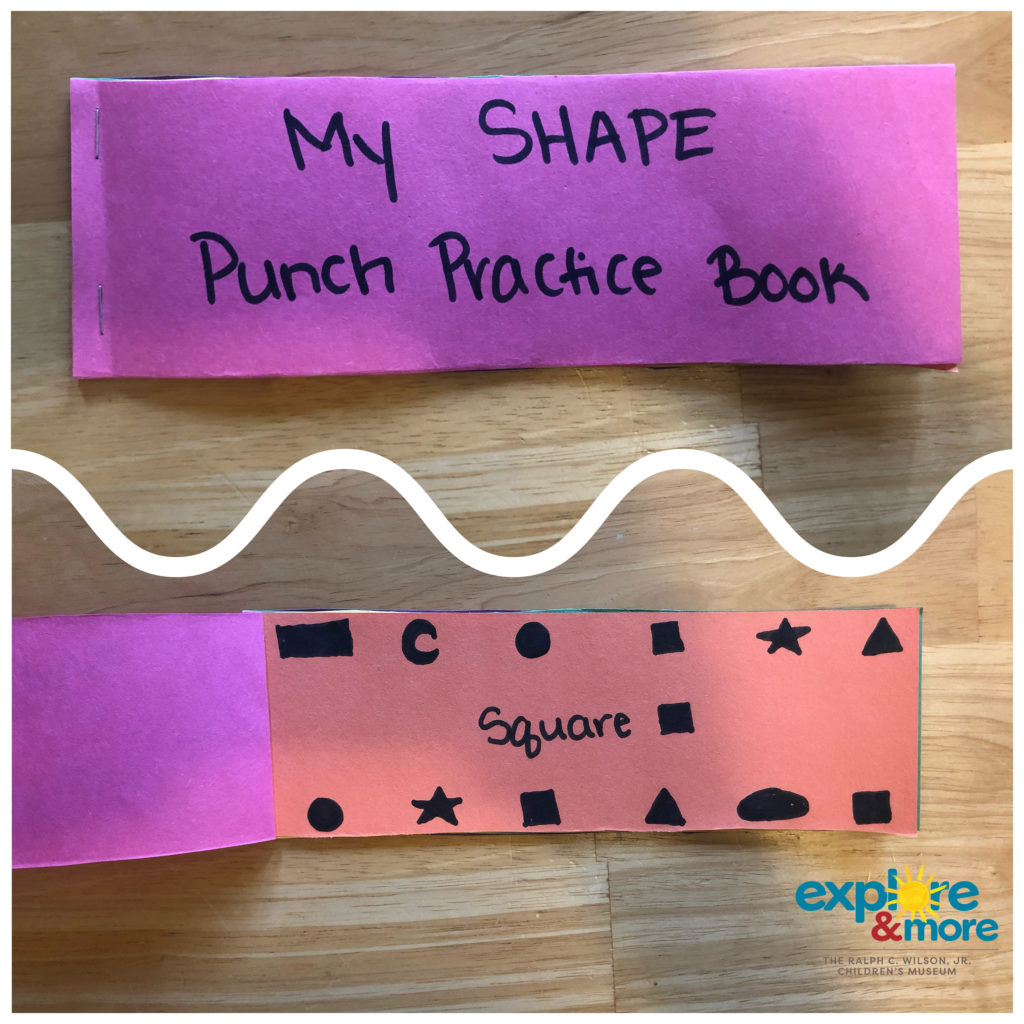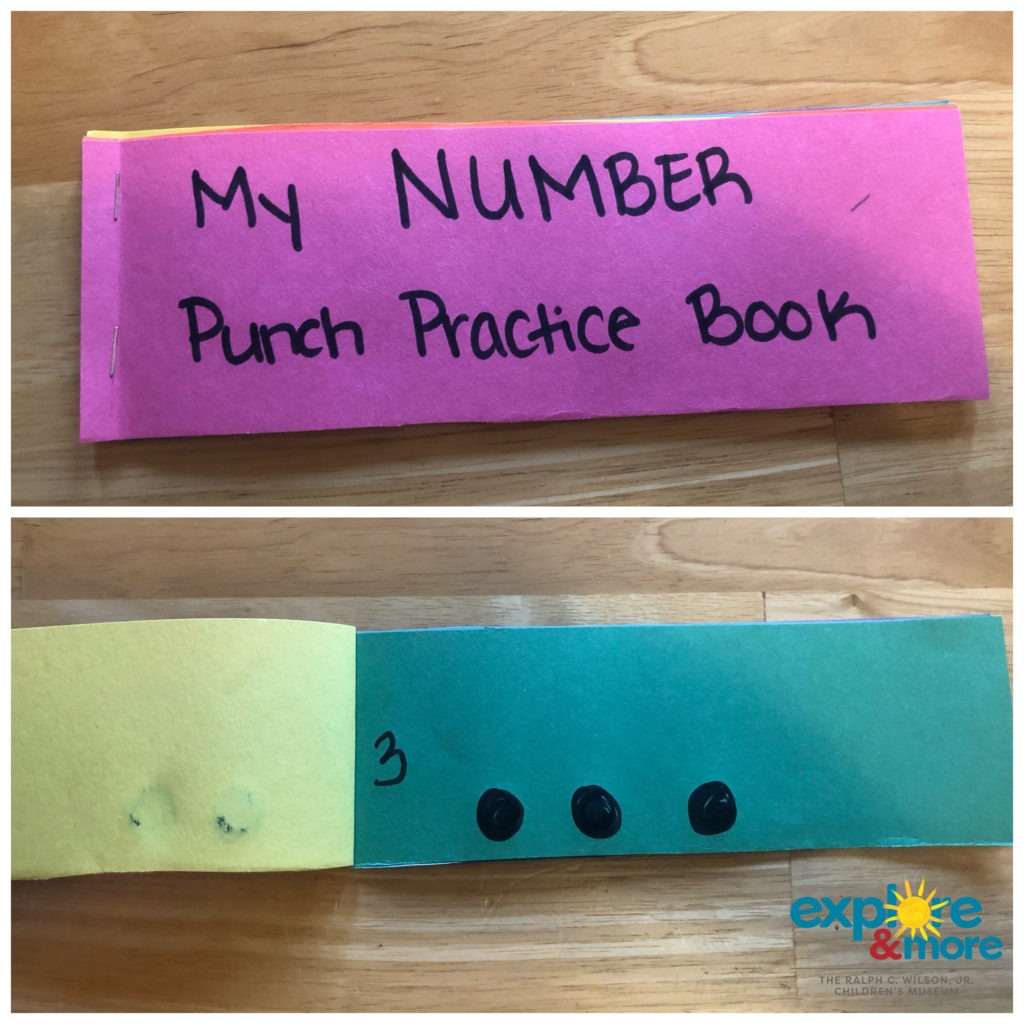Sponsored by: M&T Bank
Written By: Amelia Schrader
Senior Manger of Learning and Education
Materials:
2 cups corn starch
2 cups water
Food coloring (various colors)
Small cups or a muffin tin
Paint brushes or craft sticks
Length:
Prep: 5 minutes
Play time: Unlimited! (Until the chalk runs out…)
Academic Subject(s): Art, Science
Spring is a great time of year to go outside and let your creativity bloom with this fun sidewalk chalk painting activity. Kiddos can help during the making process and then let their imagination soar when it is time to paint!
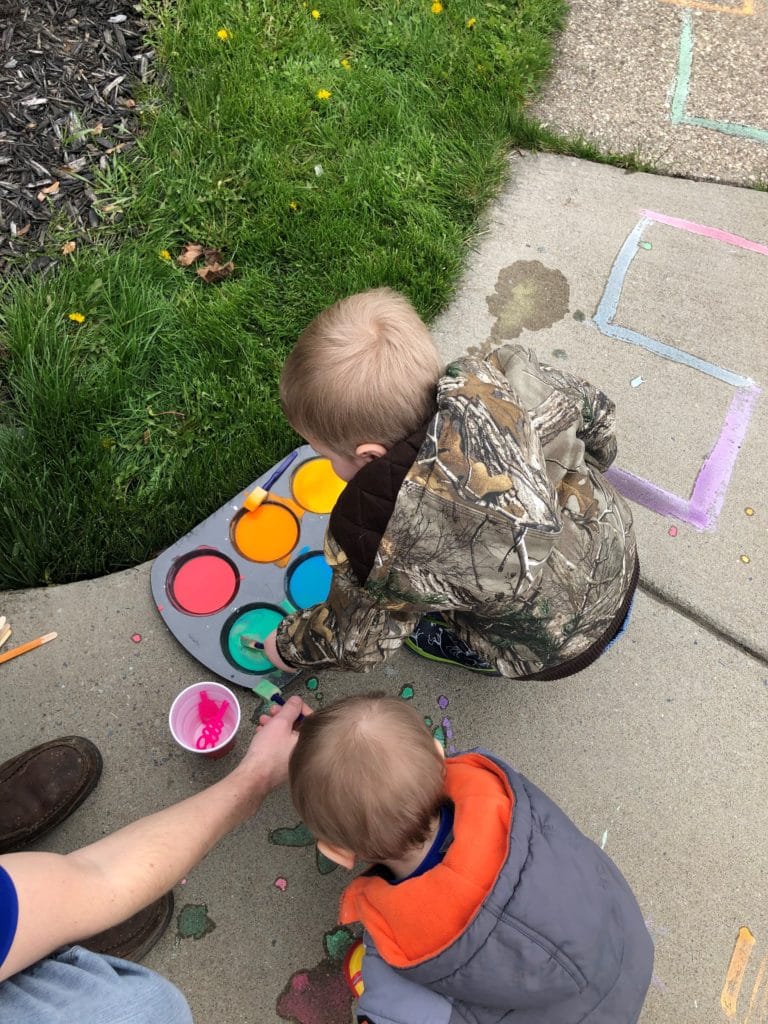
Directions:
Step 1: In a large bowl, mix together the corn starch and water. I used two cups of cornstarch and two cups of water. You can use more or less, depending on how much sidewalk chalk you want to make – just make sure you keep a 1:1 ratio for the mixture.
Step 2: Pour the even amounts of the mixture into your small cups or the muffin tin. I prefer a muffin tin but you can use anything really!
Step 3: Mix in a few drops of food coloring into each small container. Remember if you want to make red you will need a LOT of food coloring because your mixture is white.
Step 4: Take your sidewalk chalk paint outside and use foam brushes to paint the town! This simple activity is a great project for a nice spring day! Children will practice fine motor skills of pouring, squeezing and stirring, color recognition, color mixing and grow their creativity!
Make sure you share photos of your chalk paint creations on the Explore & More Facebook page!
Vocabulary Words
Mixture: a substance that is made by mixing other substances together Primary Colors: These colors cannot be created by mixing together other colors. The primary colors are red, yellow and blue.
Secondary Colors: These colors are created by mixing together two primary colors. The secondary colors are orange, green and purple. Orange is created by mixing red and yellow. Green is created by mixing blue and yellow. Purple is created by mixing blue and red.

